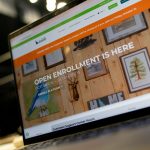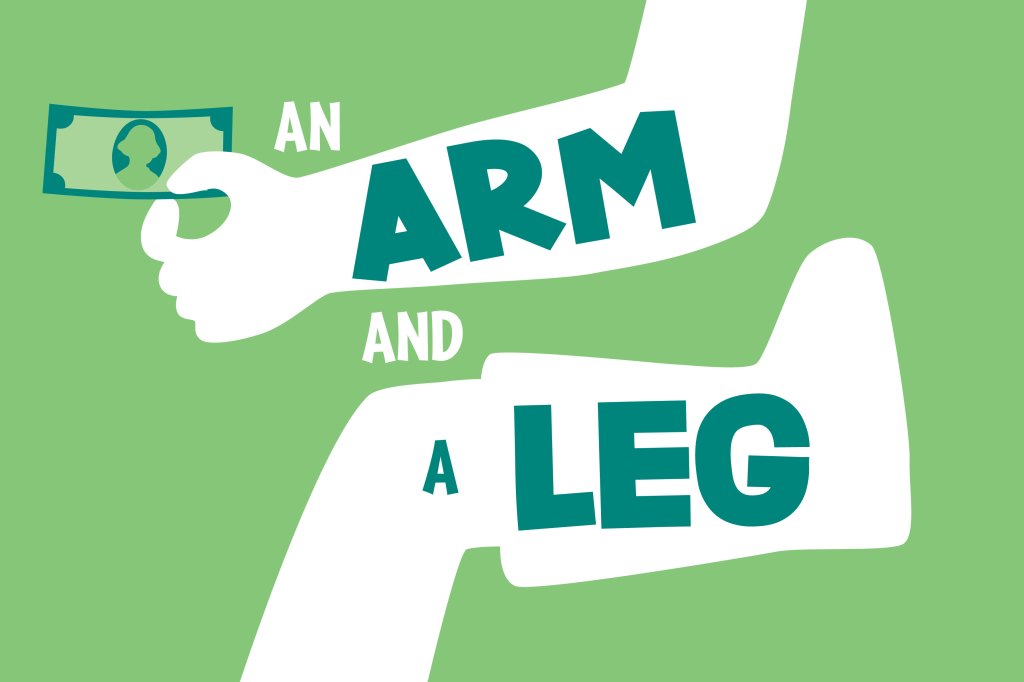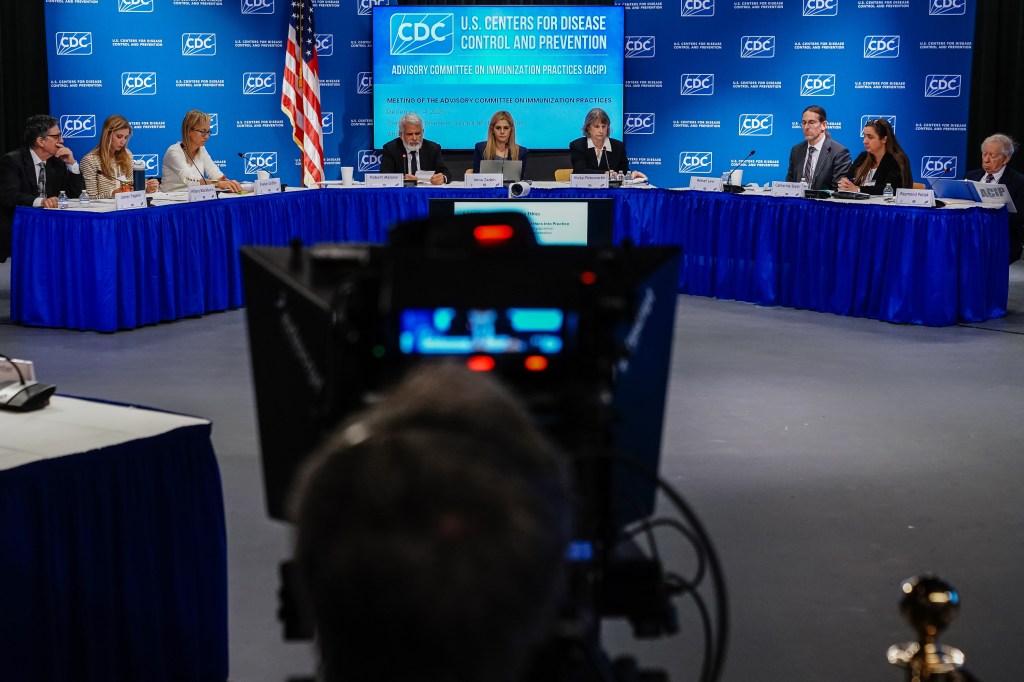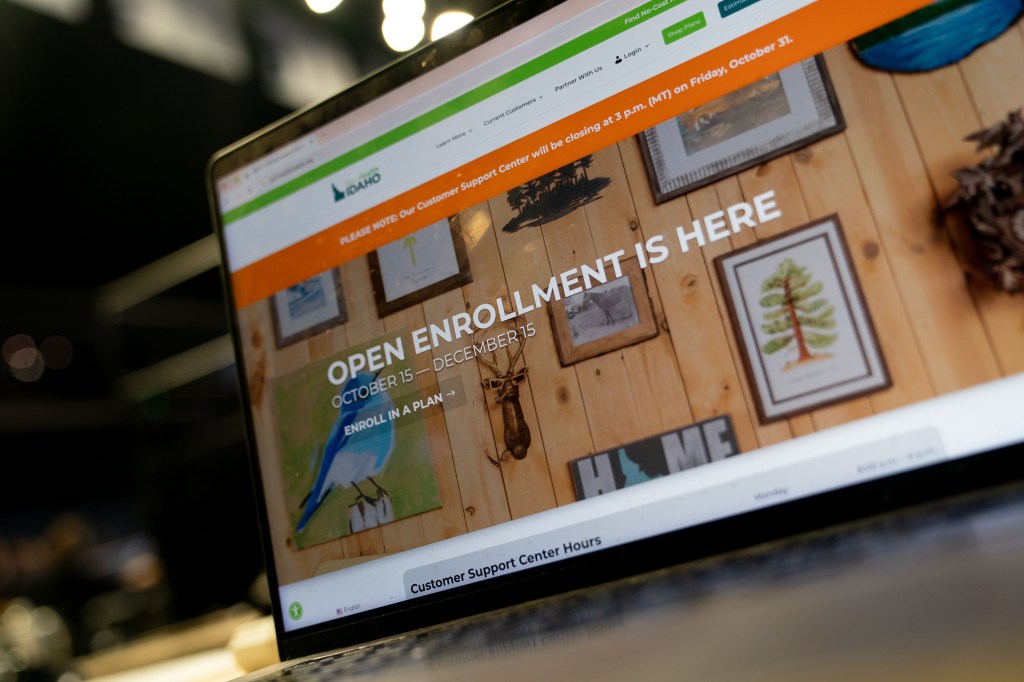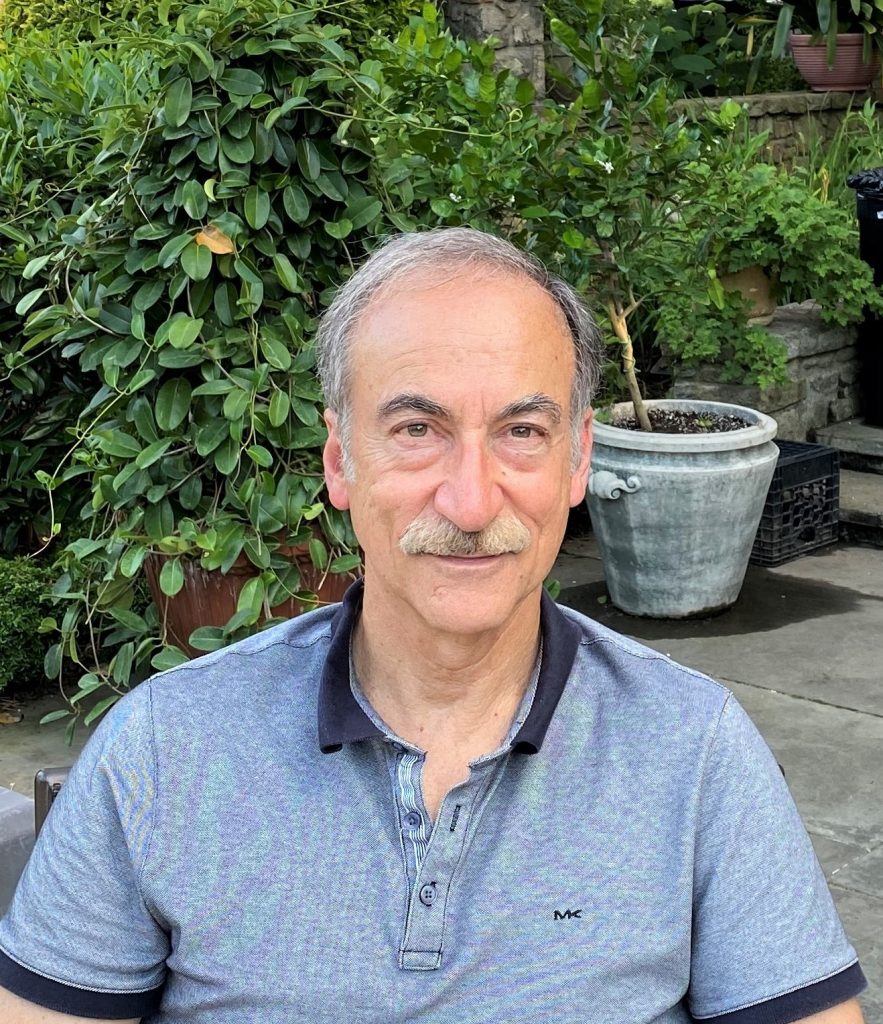In April, Thomas Sanford, a medical student who regularly listens to “An Arm and a Leg,” set out to create a resource he could easily share with patients to help them deal with unaffordable medical bills.
In this mini-episode, host Dan Weissmann talks with Sanford about how handing out charity care information on tiny cards snowballed into an ever-growing list of resources to erase medical debt. They discuss the inspiration behind his project, the role “An Arm and a Leg” listeners played in building it, and how others can contribute.
Dan Weissmann
Host and producer of “An Arm and a Leg.” Previously, Dan was a staff reporter for Marketplace and Chicago’s WBEZ. His work also appears on All Things Considered, Marketplace, the BBC, 99 Percent Invisible, and Reveal, from the Center for Investigative Reporting.
Credits
Emily Pisacreta
Producer
Claire Davenport
Producer
Adam Raymonda
Audio wizard
Ellen Weiss
Editor
Click to open the Transcript
Transcript: A Listener’s DIY Project Helps Others Deal With High Medical Bills
Note: “An Arm and a Leg” uses speech-recognition software to generate transcripts, which may contain errors. Please use the transcript as a tool but check the corresponding audio before quoting the podcast.
Dan: Hey there. So here’s a story — a project — that’s given me more encouragement than anything I can think of lately. It’s driven by you– by listeners to this show.
One of my big dreams for An Arm and a Leg, from almost the beginning, has been to connect people, to help folks learn to help each other.
And I think I’m seeing the beginnings of a win.
It started with one listener, trying to do what he could for people right around him. He asked us for advice, we asked folks who get our First Aid Kit newsletter to pitch in.
And now, with that help, our original listener has started creating a tool I think can ultimately help a LOT of people help each other.
It seems like the start of a virtuous cycle. And you can help keep it going, and growing.
OK, here’s the story — so far:
Thomas Sanford goes to medical school in Brooklyn. He says he’s listened to this show for years, but some of the things we talk about here got more vivid for him last fall, as he started his third year.
Thomas Sanford: …where I go out of the classroom and I start spending my days in the hospital interacting with patients and and appreciating that for especially folks in my area — which is one of the poorest parts of Brooklyn– that can be a financial death sentence. It will ruin you in debt that you cannot get out of. And I listened to your episode about Dollar For, the nonprofit that helps people apply for charity care.
Dan: We’ve talked about Dollar For a lot over the last few years. Their founder, Jared Walker, has helped a lot of people, including me, understand how powerful hospital charity care can be.
A few months ago, Jared’s small organization hit a big milestone:
Eliminating more than 100 million dollars in hospital bills, over just a few years.
Jared Walker: And we have been able to do that without charging a single dollar to patients.
Dan: That’s Jared, in a video he posted over the summer to mark the occasion.
Jared Walker: We’re a nonprofit. We help people eliminate hospital bills, mostly by enforcing hospital financial assistance policies,. These programs reduce or eliminate hospital bills for people within certain income requirements. The problem is, is they don’t tell you. So we do.
Dan: Now, working in a hospital himself, Thomas Sanford decided to help spread the word.
He wrote to the folks at Dollar For, and they sent him a PDF for a “touch card” — it’s like the size of a business card.
It says, “Struggling with hospital bills? Most hospitals offer bill forgiveness programs. On average, a family of four, earning less than 100 thousand dollars a year will qualify. Dollar For can help – for free.”
And then, there’s a web address in big type, and a QR code to scan — and on the back of the card, the whole thing in Spanish.
Thomas Sanford: And I just went and printed out a thousand of them, started handing ’em out to residents and giving them to patients.
Dan: Handing them out to other residents, so they could pass cards to their own patients.
Thomas says he also left boxes of cards in the break room, so residents could grab as many as they wanted. And then he went to other local hospitals to distribute the cards in bulk.
Thomas Sanford: A lot of little hospitals or community clinics that have like little like business card holders, on the counter in the waiting room, and I just bring a stack and just dump them in.
Dan: And all of this is already extremely cool. And then, Thomas did something else: He wrote to us — to tell us about what he was doing, and to ask for help.
Because over the course of months,as he’d been passing out these cards, Thomas had found: Charity care didn’t necessarily cover everybody’s needs — like paying for prescription drugs.
Thomas Sanford: And just very frankly, I was busy doing the whole medicine thing, trying to take care of people, and I wish I had the time to sit with them and, you know, search for what would help them specifically, and I just didn’t. So I was looking for, really hoping for, very selfishly, a resource where I could just say, here’s your one-stop shop. It’ll almost certainly cover what you need. I hope this helps.
Dan: He wrote to us, to ask if we knew of anything good. And honestly we didn’t.
So we asked you for help. In our First Aid Kit newsletter, we told Thomas’s story, we added a link to that PDF from Dollar For — because that seemed worth passing around — and we did two more things:
First, we made our own first draft — basically, an annotated list of the resources we would put on a one-page handout.
And second, we asked: Help! What are we missing here? Including: Has anybody actually already made a version of this?
And: You wrote back!
As it turned out, a couple of you had worked on some great online projects. One was from the nonprofit PIRG — another group I’ve learned a ton from over the years. And the other was actually created by the federal government.
And, they were great! We wrote about them in First Aid Kit, with links. Other folks had tipped us off to resources that hadn’t been on our original lists — we added those..
And THOMAS took all of that and ran with it. Meaning: He started printing up a rough draft to hand out.
Thomas Sanford: I keep a little stack of them in my backpack, as it’s become somewhat complete and vaguely presentable, and at times I’ve just be like, hold on, leave, come back and be like, here you go.
Dan: And he says: It worked. He told me about this especially dramatic example.
Thomas Sanford: I was in the emergency department and someone come in having a heart attack — very serious. This could kill you. And their only concern when they got there is, what is this going to cost me? And it’s a difficult time to be having that conversation, but being able to say, look, here’s a crummy first draft of something I’ve been working on. I hope this gives you a little relief, but please, right now, let me focus on what’s a little more important, which is keeping you alive
Dan: Recently Thomas wrote to us AGAIN, to say: Here’s the vaguely-presentable version I’ve been handing out. Can I get more help making it better?
We went back to you — published Thomas’s draft in First Aid Kit, asked if anybody could pitch in, created a sign-up form.
And you’ve been pitching in! Thomas says he’s added more resources, and he’s gotten help making things more presentable.
Thomas Sanford: Just little type things about, you know, me not having to use a period correctly. Big things like maybe you name this document a little more correctly.
Call it help with your medical expenses.
Dan: He’s just shared the most recent version with us, and he says he could still use more help.
Thomas Sanford: If you know how to copy edit, and you can take my terrible descriptions and make them great. If you know graphic design and can make my, very basic, PDF into something that’s a little more presentable, that would be amazing. Also, if you want to make a version of this, you customize for your own hospitals. instead of a link for dollar four, put in a link to your hospital’s charity care policy.
Dan: This is actually one of the coolest things. Thomas is using what’s called a “Creative Commons” license. That basically means anybody can take it, make copies of it, make variations on it.
Thomas Sanford: You can make your own version of it. You don’t need my permission. You can do whatever you want with it. The only thing you have to do is share it under the same license and share it freely
Dan: And give credit to the original creator, so people know where it started. But Thomas wants people to make it their own.
Thomas Sanford: I think that that’s really the ideal: when people start taking it, just make their own version, put it out there and it sort of just evolves on its own, becomes the best thing it can be.
Dan: So, I hope you can see why I’m so excited about this project. I think it’s got incredible potential. I’m inviting you to pitch in, however you want, and however you can.
?And at Thomas’s suggestion: We’re posting a PDF of the current version. Print it out, make copies, tell us how you’re using them.
We’re also posting a google doc that ANYONE can comment on.
And we’re posting that sign-up form again, so you can volunteer to pitch in. Designers, editors, experts — translators.
And especially: if anyone has a talent for organizing groups of volunteers on a project like this, PLEASE GET IN TOUCH. That would be truly amazing.
You’ll find these links wherever you’re listening
And the place where we’re really gonna keep digging in on this project is where it started — in our First Aid Kit newsletter. I’d love for you to sign up. The place for that is www dot arm and a leg show dot com, slash, first aid kit.
That’s arm and a leg show dot com, slash, first aid kit.
This has been a little mini-episode of An Arm and a Leg– a show about why health care costs so freaking much and what we can maybe do about it: Together– right?
We’ll be back with a full-length episode soon. Till then, take care of yourself.
This episode of An Arm and a Leg was produced by me, Dan Weissmann, with help from Emily Pisacreta — and edited by Ellen Weiss. Adam Raymonda is our audio wizard.
Our music is by Dave Weiner and Blue Dot Sessions. Bea Bosco is our consulting director of operations.
An Arm and a Leg is produced in partnership with KFF Health News. That’s a national newsroom producing in-depth journalism about health issues in America and a core program at KFF, an independent source of health policy research, polling, and journalism.
Zach Dyer is senior audio producer at KFF Health News. He’s editorial liaison to this show.
And thanks to the Institute for Nonprofit News for serving as our fiscal sponsor.
They allow us to accept tax-exempt donations. You can learn more about INN at INN.org.
Finally, thank you to everybody who supports this show financially.
You can join in any time at arm and a leg show, dot com, slash: support.
“An Arm and a Leg” is a co-production of KFF Health News and Public Road Productions.
For more from the team at “An Arm and a Leg,” subscribe to its weekly newsletter, First Aid Kit. You can also follow the show on Facebook and the social platform X. And if you’ve got stories to tell about the health care system, the producers would love to hear from you.
To hear all KFF Health News podcasts, click here.
And subscribe to “An Arm and a Leg” on Spotify, Apple Podcasts, Pocket Casts, or wherever you listen to podcasts.
KFF Health News is a national newsroom that produces in-depth journalism about health issues and is one of the core operating programs at KFF—an independent source of health policy research, polling, and journalism. Learn more about KFF.
USE OUR CONTENT
This story can be republished for free (details).




